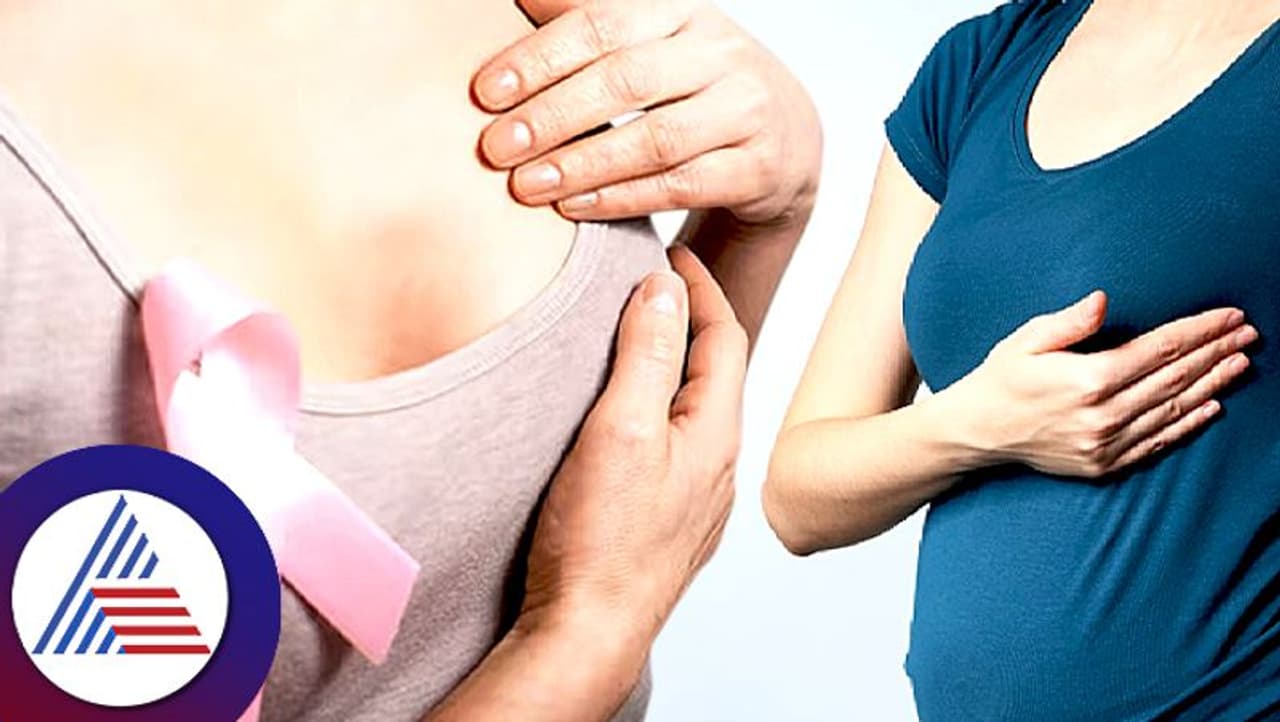Breast cancer is the most common, with over 2 lakh new cases annually. Only one-third of cases are discovered early; most are diagnosed after the disease has progressed to regional lymph nodes. So, let us know more about Breast cancer
As per Globocon 2022 data, every year, close to 14 lakh new cancer cases are detected in our country. Amongst these cases, Breast cancer is the most common cancer, with almost 2 lakh new cases being diagnosed every year. However, only one-third of the cases are diagnosed in an early stage, with a majority of cases being diagnosed after the cancer has spread to the nearby regional lymph nodes. Therefore, it is essential to be aware of the signs and symptoms of breast cancer.

Common signs and symptoms to watch out for
- Painless Lump in the Breast: One of the most common symptoms is a painless lump felt in the breast. The absence of pain should not lead to neglect, and it is advised that any new lump/swelling felt in the breast should be evaluated as soon as possible.
- Swelling or Lump Under the Armpit (Axilla): The presence of any new swelling/lump under the armpit/axilla also needs to be evaluated.
- Skin Changes on the Breast: Changes in the skin of the breast, such as dimpling or redness or a puckered, thick, scaly skin, also need to be brought to the attention of a healthcare professional for immediate evaluation.
- Changes in Breast Shape or Size: Changes in the shape or size of 1 of the breasts, changes in the nipple such as inversion of the nipple, a bloody discharge from the nipple could also be symptoms of breast cancer.

Early Detection and Self-Examination
Women must practise self-breast examination every month, usually one week after their menstrual cycles, to be able to detect any abnormal changes in their breasts. For early detection of breast cancer, many guidelines recommend a screening test with a Mammogram, which is like an X-ray of the breasts, to be done by women once they enter their 40s, yearly once, as early detection translates into high chances of cure.
-Dr Nitin Yashas Murthy, Consultant - Medical Oncologist Hemato Oncologist, Manipal Hospital, Sarjapur
